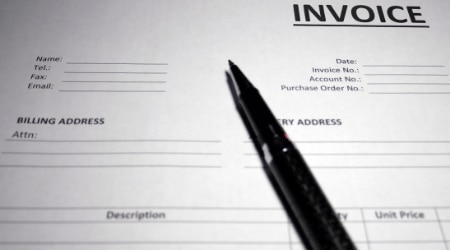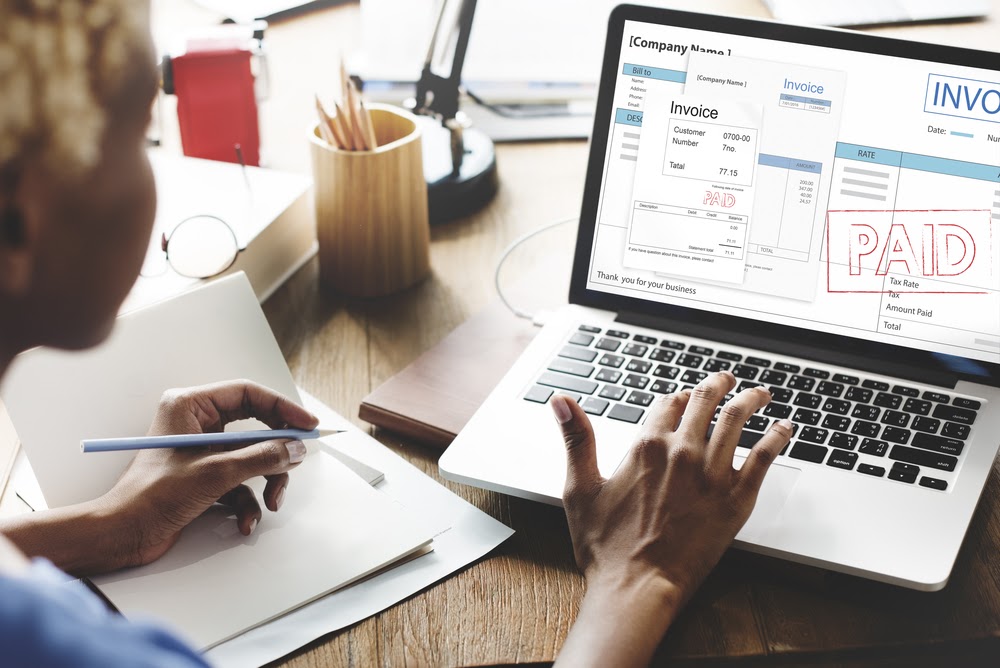Why is cash flow important?
Before we get into the details of cash flow forecasting, let’s look at why cash flow is important in the first place.
Simply put, cash flow tells you whether you have enough money in the bank to pay the bills. It also helps you see if you can afford to grow your business.
Your business might be earning revenue but if you’re overspending or your overheads are too high, you can quickly run into negative cash flow (and a negative profit margin).
Even if you are profitable, if there’s not enough money coming into the bank at any time during the year, you can struggle to keep up with ongoing business expenses such as rent, wages, and inventory.
That’s why it’s vital to keep an eye on revenue, profitability, and cash flow. Together, they give you a good picture of how your finances are tracking.












